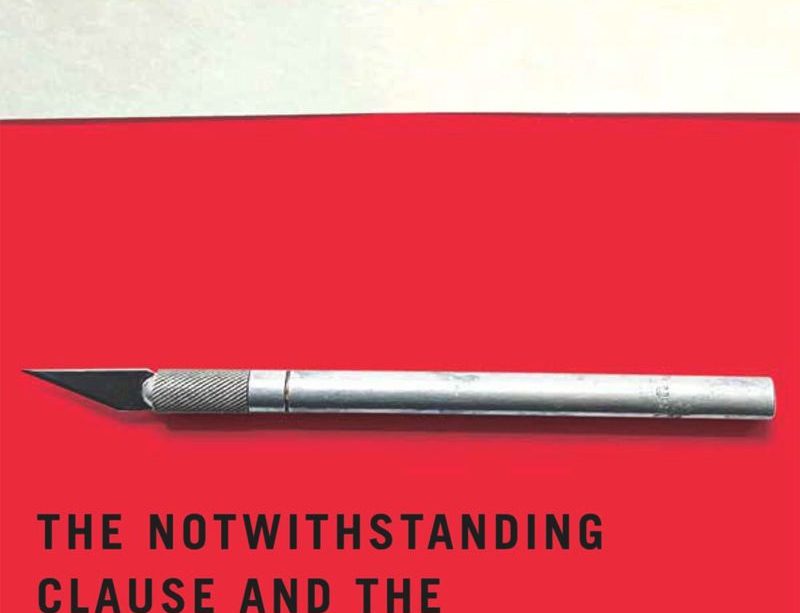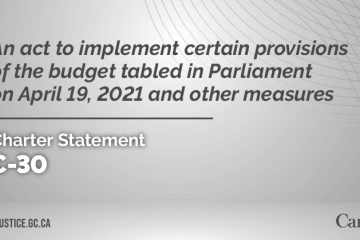The Notwithstanding Clause: A Double-Edged Sword in Canadian Law

Introduction: What is the Notwithstanding Clause?
The notwithstanding clause, formally known as Section 33 of the Canadian Charter of Rights and Freedoms, plays a crucial role in Canada’s legal framework. This provision allows both federal and provincial governments to pass laws that may contravene certain rights and freedoms guaranteed by the Charter. While it is a powerful tool for legislatures, its use sparks significant debate over the balance between democracy and individual rights.
Current Context: Recent Applications
Recently, the notwithstanding clause has gained renewed attention amidst various legal challenges to government policies. For instance, in 2023, the province of Ontario invoked the clause in response to a court ruling that deemed a controversial education bill unconstitutional. The Ontario government asserted that the legislature must have the authority to make laws reflecting the will of the people, even if those laws may limit certain rights.
This is not an isolated incident. Other provinces have considered or utilized the notwithstanding clause in similar contexts, emphasizing its importance in regional governance. Critics argue that such actions undermine the protection of individual rights, while supporters claim it reinforces legislative sovereignty and democratic principles.
Analyzing the Impact
The implications of invoking the notwithstanding clause extend beyond legalities; they resonate deeply within Canadian society. The clause serves as a battleground for ongoing disputes about the role of government versus individual rights. For instance, the public’s reaction to its use can signify a broader societal shift regarding the acceptance of government authority and the limits of personal freedoms.
Moreover, academic discussions surrounding the clause often highlight its potential to both safeguard and threaten civil liberties. While the clause provides a remedy for legislatures facing judicial overreach, it simultaneously raises concerns about potential misuse that could lead to the erosion of fundamental rights.
Conclusion: The Future of the Notwithstanding Clause
As Canadian society evolves, so too will the discourse surrounding the notwithstanding clause. The increasing polarization around specific policy decisions suggests that this tool will remain contentious. Legislators must weigh their decisions carefully, considering not just their immediate political goals but also the long-term implications for democracy and rights protection.
Ultimately, the future of the notwithstanding clause seems to hinge on society’s willingness to engage in a constructive dialogue about the boundaries of government power and the sanctity of individual rights. For readers, understanding this complex legal provision is essential for navigating Canada’s democratic landscape and participating in discussions about governance and civil liberties.









